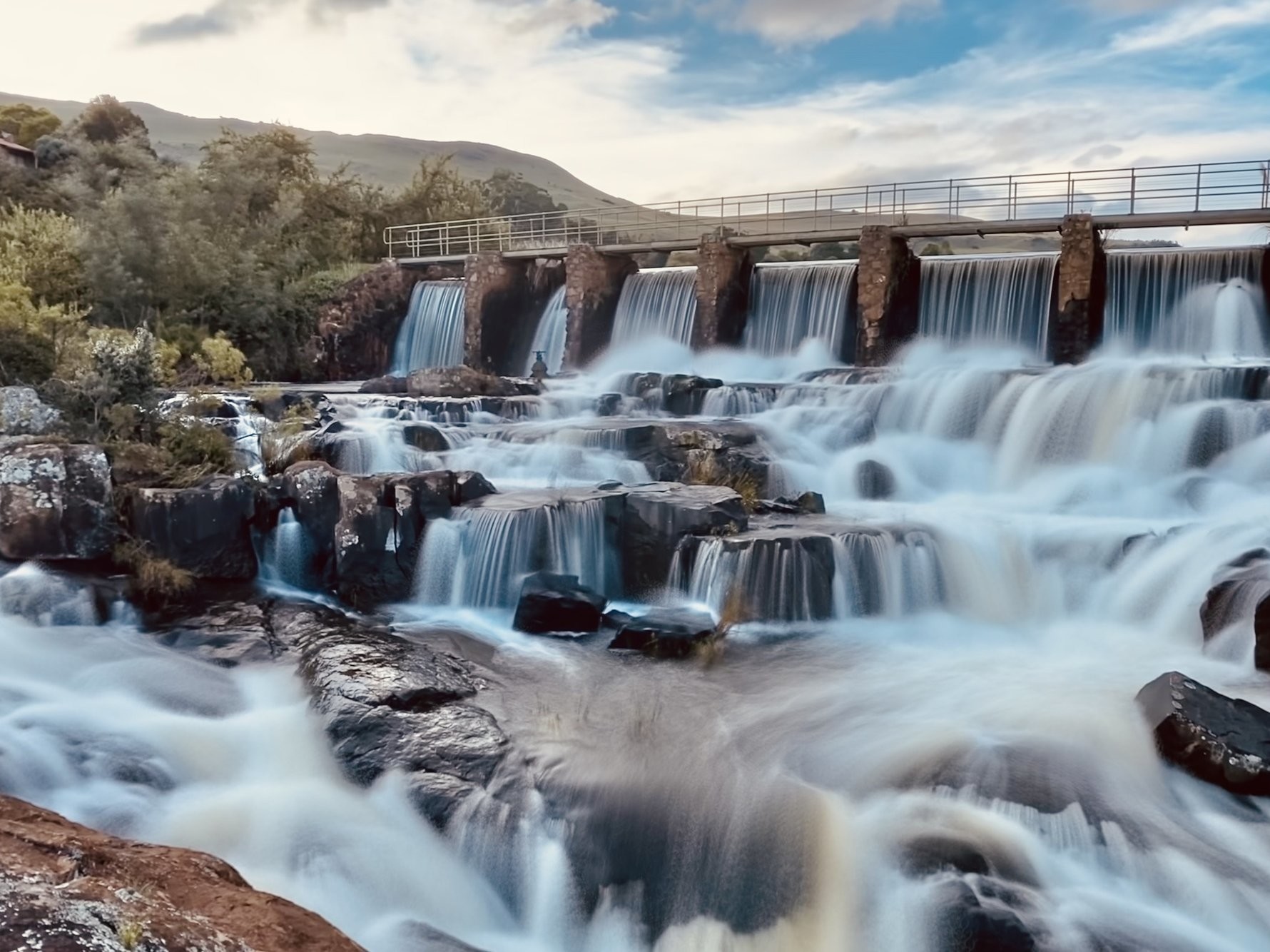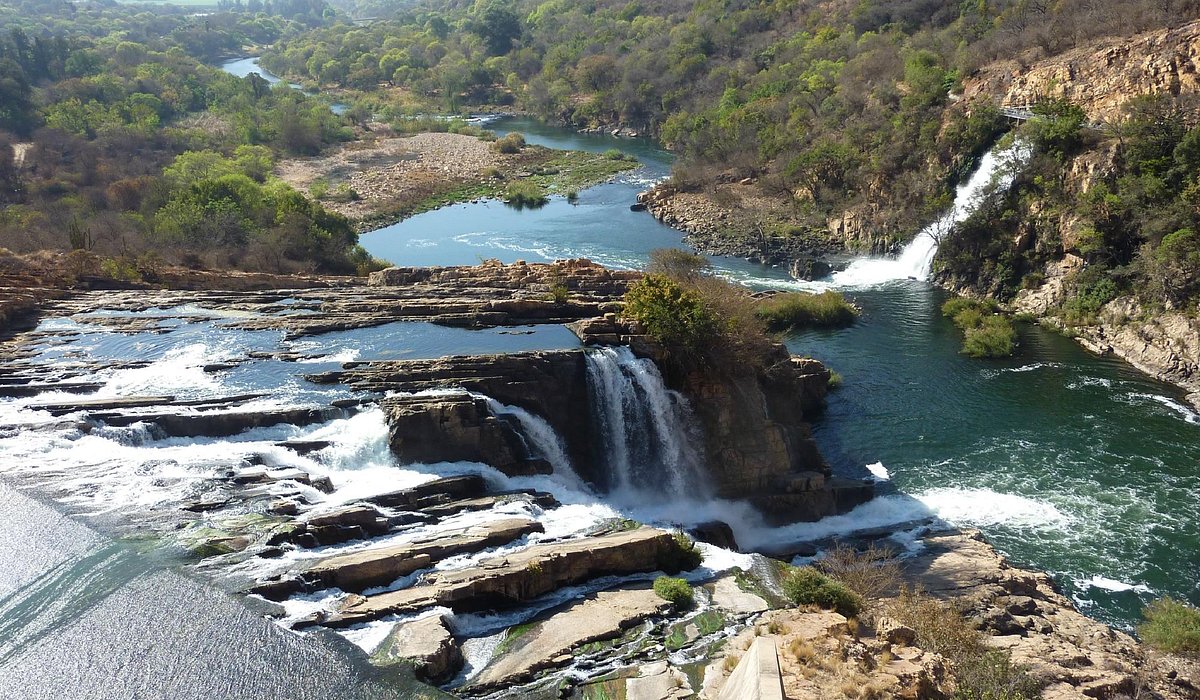Examine This Report on Johannesburg North Attractions
Examine This Report on Johannesburg North Attractions
Blog Article
See This Report about Johannesburg North Attractions
Table of ContentsLittle Known Questions About Johannesburg North Attractions.Excitement About Johannesburg North AttractionsWhat Does Johannesburg North Attractions Mean?Johannesburg North Attractions - An OverviewThe Johannesburg North Attractions IdeasJohannesburg North Attractions - TruthsGet This Report about Johannesburg North Attractions
You should maintain safety and security in mind and tourists have to remain sharp at all times when in unknown environments. Talk to the locals when you are in town to locate out regarding the area you are remaining in. Johannesburg North attractions. When on the road (this doesn't put on shopping center and other safe environments) best general suggestions is to attempt your best to appear like a neighborhood and to stay clear of displaying any type of wide range
9 Easy Facts About Johannesburg North Attractions Explained
Teacher Revil Mason O. J. (Thomson, 1946) checked out the Witwatersrand's pre-colonial background. His historical work blew up the 'em pty land' misconception, according to which the area was without human habitation before the arrival of European settlers. In his publications Prehistory of the Transvaal: A Record of Human Activity (1962) and Origins of Black People of Johannesburg and the Southern Western Central Transvaal AD 3501880 (1986 ), Professor Mason demonstrated the degree of social and financial growth in the location before Europeans set foot right here.

3 Simple Techniques For Johannesburg North Attractions
In 1878, David Wardrop located gold in quartz veins at Zwartkop, north of Krugersdorp. In 1881, Stephanus Minnaar came across gold on the farm Kromdraai, near the Cradle of Humankind.
In March 1886, a protrusion (soon to be called the Key Coral reef) was located, quite luckily, on Gerhardus Oosthuizen's farm Langlaagte. Some state that the Lancastrian coal miner George Pedestrian uncovered this reef. Another travelling English miner, George Harrison (that had formerly worked in Australian mines) obtained a prospecting licence in respect of Langlaagte in May 1886.
He made a decision to go on in a mission for greener fields, and disposed of his Langlaagte insurance claim for the baronial amount of 10. Alas: under lay the wealthiest goldfield ever before located. The exploration of this abundant auriferous coral reef provoked a gold rush that indicated the end of bucolic tranquillity in the southern Transvaal.
It would, within six years, end up being the biggest community in southerly Africa. Within view a years, it would certainly make the Z. A. R. till after that an anarchical and insolvent little state the most affluent country in Africa. By the millenium, the Z. A. R. was to go beyond Russia, Australia and the USA of America to end up being the world's leading gold producer, creating greater than a quarter of the world's gold.
The 9-Second Trick For Johannesburg North Attractions
It was called Ferreira's Camp, called after Colonel Ignatius Ferreira. He was a Boer adventurer upon whom the British authorities had actually bestowed the standing of Companion of the A Lot Of Differentiated Order of St Michael and St George (qualifying him to the post-nominal letters C. M. G.) in gratefulness for his function in the battle that had deposed the Pedi king Sekhukhune in 1879.
Two other camps were developed: Meyer's Camp on the farm Doornfontein, and Paarl Camp. The latter was nicknamed Afrikander Camp; numerous individuals from the Cape Nest worked out there.

Some Known Incorrect Statements About Johannesburg North Attractions
This name obtained currency by word of mouth, such that the State Assistant verified the name to the Mining Commissioner on 9 October 1886. Stands in the village were auctioned on 8 December 1886. While some stands were cost 10, others were torn down for as low as sixpence.
Two years later on, these erven were to alter hands for as much as 750 each. The tented camps dwindled as a dorp of corrugated iron structures created and increased north of the mines situated along the Key Coral Reef Road. Locations such as Jeppe's Town (where working-class immigrants erected their homes) and Doornfontein (where the wealthy new 'Randlords' started to construct their luxurious homes) were soon contributed to the ever-expanding map of the community.
An Unbiased View of Johannesburg North Attractions
Aside from the road names, there were no signs of Johannesburg being situated about his in a Dutch-speaking country. Years later, C. W. Kearns O. J. (one of the first young boys enrolled at St John's College in 1898) would recall: 'An odd truth concerning Johannesburg was that, although it remained in the [Boer Republic], almost everybody spoke English and even the Federal government slaves dealt with one in English, unless they were very first attended to in the Taal (or Reduced Dutch)'.
Therefore, Britain had a passion in ensuring optimal problems for gold manufacturing on the Witwatersrand, which the gold was exported to London as opposed to Berlin a critical rendered even more clamant by the Z. A. R - Johannesburg North attractions.'s enhancing toenadering with Germany. Mine owners got on a clash with linked here President Kruger, whose plan of monopolistic giving ins (commonly approved to his cronies) stopped mining companies from obtaining supplies of materials (especially dynamite) and labour by themselves, cheaper terms
The Basic Principles Of Johannesburg North Attractions
In 1890, the Volksraad had restricted the franchise to white guys that had lived in the Z. A. R. for fourteen years or longer, hence disqualifying many of the immigrants (that occurred to be the significant contributors to the fiscus). Nonetheless, agitation for the ballot was a simple pretext for advertising a different program; the majority of uitlanders regarded themselves as short-lived site visitors and had no intention of staying in the Z.
Report this page